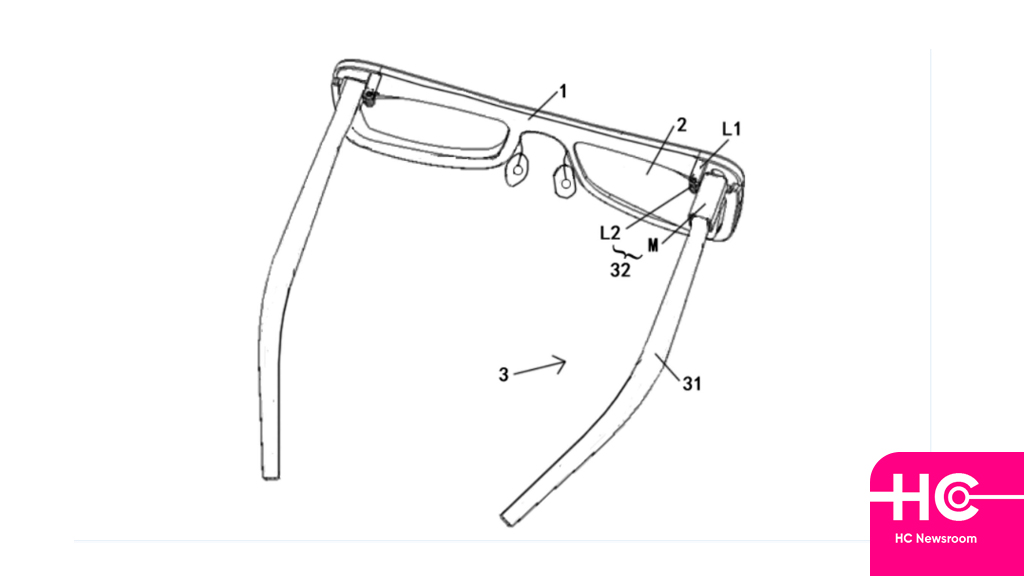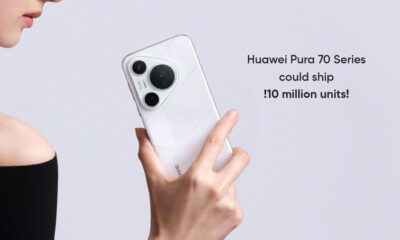Patent
Huawei published a new patent for foldable AR Glasses design

Huawei has just published a new patent for foldable AR Glasses design entitled “a kind of AR glasses” in China. According to new information, this patent can enable the folding function, and reduce maintenance costs as well as the size and weight of AR glasses.
In the current scenario, several tech makers are working continuously to innovate something interesting in the field of AR or Augmented Reality. Back in February, Huawei secured a patent for AR glasses to fit on different head sizes with publication number CN111338082A.
Read more: Huawei’s AR Glasses patent technology can fit on different head sizes

Patent Description:
According to the patent description, the glasses consist of a frame and a waveguide lens mounted on the frame, and the first connection part is provided on the frame corresponding to the waveguide lens.
The temple assembly consists of a temple body, an optomechanical module, and the mainboard module, and the mainboard module is arranged on the main body of the temple. The optical-mechanical module consists of an optical-mechanical main body and a second connecting ap optical-mechanical main body.
The optical-mechanical main body is connected to the connecting end. The temple body is away from the free end. The assembly of the temple and the mirror frame pass through the first and second connecting parts.
The rotation connection enables the temple assembly to be switched between the folded position and the open position. In the open position, the mainboard module can control the optomechanical’s main body to project the image beam into the waveguide lens.
In the embodiment of the current application, the optomechanical module is separated from the frame. The optomechanical module is set independently and used as a part of the temple, which facilitates disassembly, and reduces maintenance costs as well as the size of glasses. The folding function can be realized, and at the same time, the glass can be folded.
(Via: ithome)






